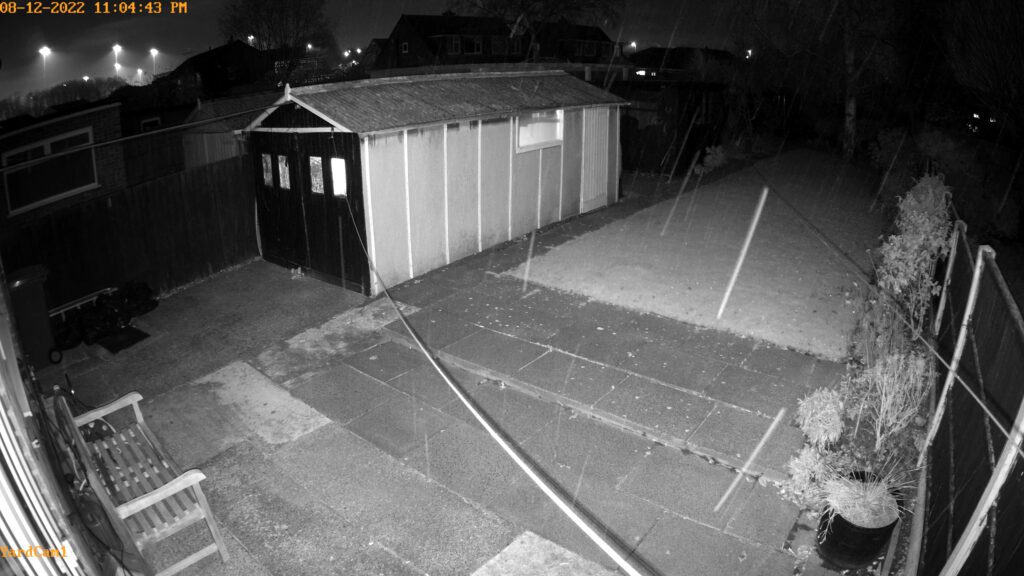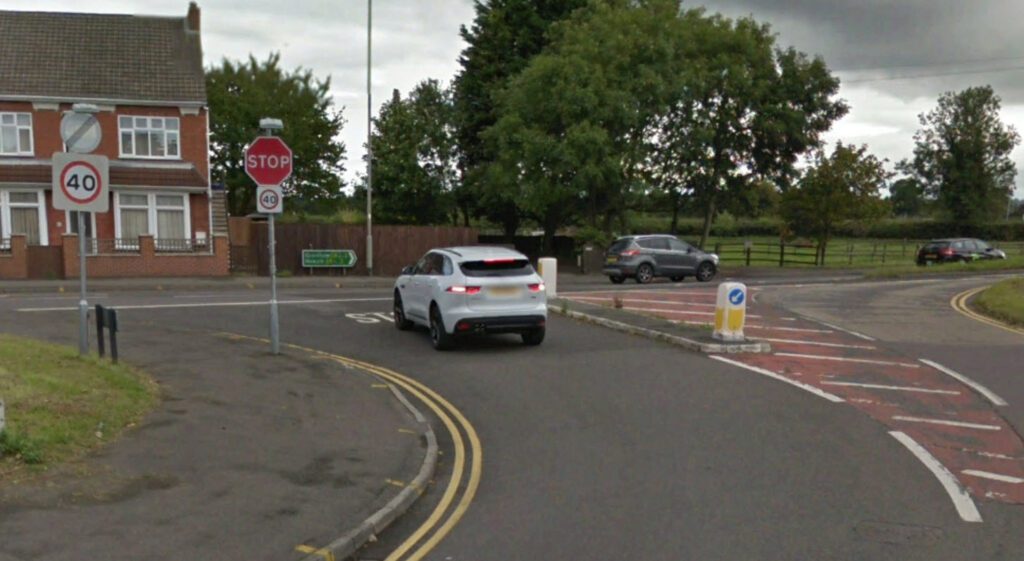 I’ve mentioned this in the smearing windscreens article, but winter is the time of year where it gets wet and cold (well, certainly wet), and along with the salt spreading a lot of crap gets thrown on to your glass and builds up into a nasty film that doesn’t easily wash off.
I’ve mentioned this in the smearing windscreens article, but winter is the time of year where it gets wet and cold (well, certainly wet), and along with the salt spreading a lot of crap gets thrown on to your glass and builds up into a nasty film that doesn’t easily wash off.
I’m always surprised that some people – including driving instructors – only put water in their wash bottles. And they try to justify it! But water on its own simply does not have sufficient wetting properties to attack oil, wax, and grease stuck on the glass. You know when it’s there, because you get that mosaic pattern left behind when you wipe in the wet.
You need a good detergent to clean off oily deposits, and a small amount of alcohol to assist with wetting. Alcohol also functions as an antifreeze when present in higher quantities, so whereas water will freeze at 0°C, a proper screen wash solution containing alcohol will freeze at a lower temperature depending on how you mix it – as low as -9°C.
You can buy two types in the stores – concentrated, or ready-to-use. With the former, you dilute it yourself depending on the weather outside, and with the latter you have to buy the correct type (they do ‘summer’ and ‘winter’ mixes, with the summer one containing very little alcohol). In most cases, the ‘concentrated’ stuff can be used neat and will protect to between -6°C and -9°C depending on the brand. Some types claim as low as -20°C, but these are specialist ones and they likely contain other chemicals, since alcohol alone to provide that level of freeze protection would be quite dangerous because of its flammability.
The price of typical concentrated screen wash varies from about £5 per 5L in summer, to about £8 in winter (when you need it the most). The ready-to-use stuff is similarly priced, even though it is more dilute – so you are paying for water if you buy that. In a bad winter, with lots of rain and slush, I can easily get through 5L of washer fluid each week. I use less in summer, but over a year it can still mount up.
If you’re going to buy it, my advice is to stock up in summer when the prices are lower, and only get the concentrate so you’re not paying someone to dilute it for you. You often get BOGOF offers in summer.
However, it can be cheaper to make your own, and it is certainly more convenient. I got the idea when I had a freeze up one time (I was late switching to my winter mix in the first of the two cold winters we had about ten years ago), and solved the immediate problem by nipping into a hardware store and buying a bottle of methylated spirits. Adding that to my wash bottle depressed the freezing point and I was running again within 30 minutes. So then I thought why not make my own?
Washer fluid essentially needs to do two things:
- clean
- not freeze when it gets cold
It’s basically just a mixture of alcohol and water with a bit of detergent. And some smelly stuff and dye if you are going the whole hog with it.
For a normal screen wash, the recipe below is what I now use. In a 5L bottle, I place the following:
- 10g Alcohol Ethoxylate
- 50g Butyl Glycol
- Ethanol
- Fragrance
- Colouring
- Water to make up to 5L
To make things a whole lot easier, I make a bulk batch of the special ingredients, which I can dilute quickly in 5L containers as and when I need it to protect to whatever temperature I want. The bulk concentrate consists of the following:
- 133g Alcohol Ethoxylate
- 668g Butyl Glycol
- 200g Perfume (this depends on what you are using)
You end up with about 1kg of concentrated liquid. To make a batch of screenwash, get an empty 5L container, a measure out 75g of your bulk concentrate and do any of the following (if you leave out the perfume, then you need just 60g of the bulk concentrate):
- Make up to 5L with water (this is screenwash with no antifreeze properties)
- Add 250mls Ethanol and make up to 5L with water (good down to -2°C)
- Add 500mls Ethanol and make up to 5L with water (good down to -4°C)
- Add 750mls Ethanol and make up to 5L with water (good down to -6°C)
- Add 1,000mls Ethanol and make up to 5L with water (good down to -9°C)
If you’re using colouring, a few drops of food colouring is enough. It’s such a small amount you don’t need to worry about it affecting dilution. You can either add it to the concentrate (as I do) or just put a few drops in each 5L you make up. Mine is green, since I use an apple scent.
Don’t use more than 1,000mls of Ethanol in any 5L mix, as the liquid becomes potentially flammable. I adjust the amount depending on how cold it is, but I switch to at least 500mls around November each year.
Surprisingly, the water you use is quite important. Tap water is likely to leave water marks on the glass when it dries because of the dissolved salts in it. For many years, I used boiled rainwater, but these days I use the condensate from a home dehumidifier.
I buy Alcohol Ethoxylate (CAS No. 160901-19-9) and Butyl Glycol (CAS No: 111-76-2) from Mistral Industrial Chemicals.
Ethanol is the most expensive ingredient. I currently buy mine from Liquipak. To keep the overall cost down, I buy 20L at a time.
I latched on to Alcohol Ethoxylate and Butyl Glycol from reading the Safety Data Sheets from various manufacturers of commercial solutions, and worked out a recipe from there.
A brief aside…
Some years ago I was having major problems cleaning my windscreen on new lease vehicles when I received them. There was something on them that gave the mosaic effect in the wet, but absolutely nothing would get it off.
Eventually, I found that Sugar Soap would. Sugar Soap is used by builders and decorators for degreasing walls and paintwork before painting, and I found it did remove the stubborn film from my windscreens.
Then, a few years ago, I was snooping around the forecourt while my car was being valeted at a hand car wash. I was intrigued by all the things they sprayed on the car which got it sparkling clean, so I wanted to find out what they were using. This was when I discovered Traffic Film Remover (TFR).
I tried using Sugar Soap in my screen wash, but it left a heavy residue when it dried. For several years I used TFR, which was much better (and very effective), but it still left streaks when it dried which I wasn’t happy with. This is why I came up with this latest recipe.
However, if your windscreen picks up a lot of wax from car washes, and other residues from the road, screen wash alone won’t completely remove it. In fact, you can completely degrease your windscreen in the visible areas, but it you leave even a trace of wax on the wiper blades or – worse – in the space where they sit when they aren’t wiping (it gets pushed down there and acts as an ink well), it gets spread pretty quickly back on to the main area of the glass.
An occasional deep clean using Sugar Soap or TFR is still a good idea, therefore. You can get Sugar Soap on Amazon, or at the local Screwfix depots and such like. You can get TFR from many places.
Alcohol Ethoxylate and Butyl Glycol are the same agents used in commercial screen washes. They are relatively non-foaming, and are designed to attack the kind of stuff you get thrown up on to your glass while you are driving. Don’t try using Fairy Liquid or other household detergents – you’ll have bubbles blowing down the street, and it doesn’t work for this purpose anyway at the concentrations it is intended to be used at.
Personally, I make my screen wash fluid in batches as I need it (I make three or four batches at a time and just keep them in the car, making more as required). In summer, I use the minimum amount of Ethanol, and in Winter I just up it depending on how cold it is outside based on those freezing points I mentioned earlier.
As for the fragrance, I found a concentrated Apple scent specifically for car detailing applications like this. It is manufactured by Koch Chemie in Germany, and is called Duftstoff Apfel. If anyone wants to know where to buy it, drop me a line using the Contact Form. And the colouring I use is just three drops of food dye.
How can I prepare for cold temperatures?
Use common sense. If it’s warm, you don’t need a low-temperature screen wash mix, since the higher alcohol content is just a waste of money. But you do still need decent cleaning power for the bugs and tree sap you’re going to get. However, if it gets very cold, you don’t want a freeze-up, so be ready to alter your mix accordingly.
For the recipe I have given here, assuming you have made it to protect down to -6°C to -7°C (750mls Ethanol), you can dilute it 1:1 or 1:2 with water and it will still clean your windscreen. As I say, I make mine as I need it, so I always have the full detergent effect.
Can I make it with more alcohol in it?
Yes, but be careful. Ethanol is flammable, even in water mixtures. On its own, Ethanol has a flash point of 14°C (that means that at that temperature and above, a combustible vapour exists above it that can easily be ignited). A 10% solution in water has a flash point of 49°C, which is much safer. A 20% solution has a flash point of 36°C, which is still safe unless you store it in a very hot place. A 30% solution has a flash point of 29°C, and this is quite likely to be encountered in hot weather. My advice is not to exceed about 20-25% of ethanol.
Do not carry a strong Winter mix in your car in Summer. And definitely do not carry significant quantities of neat Ethanol at any time.
Can I use isopropanol instead?
Also known a Propan-2-ol, 2-Propanol, and Isopropyl Alcohol (IPA).
Short answer, yes – but only if the it’s a few degrees below zero. IPA has a lower flash point than ethanol, and any solution above 20% is potentially risky. IPA also has a very distinctive smell.
Can I use Methanol?
I’m just going to say no. It’s poisonous even in small quantities (it can make you go blind), and could be dangerous if inhaled regularly, so for that reason you should not use it.
Can I use methylated spirits?
Usually, this contains methanol as the denaturant – though sometimes other chemicals are used. It also has a strong smell. Apart from the time I used it in an emergency, I would advise against it. However, if you can find ‘denatured ethanol’ or ‘denatured ethyl alcohol’, and can be sure it doesn’t have methanol in it, that would be fine. It’s usually (not always) the blue stuff that contains methanol.
Can I just use water?
Water on its own is no good. If the temperature falls, it will freeze. Even if it doesn’t freeze in your main washer bottle, it will in the pipes and at the nozzles, and freezing water is quite capable of splitting pipes or closed containers. Attempting to use your screen washer pump if there is no liquid water inside could burn out the motor.
Water alone doesn’t clean many things off the glass – it won’t touch oil, grease, or squashed insects, and it will struggle with tree sap.
Remember that if you are driving without the ability to keep your windscreen clear, you are committing an offence. The Road Vehicles (Construction and Use) Regulations 1986 says:
Every wiper and washer fitted in accordance with this regulation shall at all times while a vehicle is being used on a road be maintained in efficient working order and be properly adjusted.
The Road Vehicles (Construction and Use) Regulations 1986
Arguably, you are not complying with this if you just use water. If it freezes (or the bottle is empty) and you drive, you’re definitely not complying with it. It is shocking that some ADIs are apparently doing this.
Can you dilute ready to use screenwash?
Of course you can – certainly in Summer. It’s not a magic potion – just a mixture of water, alcohol, and detergent. I wouldn’t dilute the ready-to-use stuff more than about 50:50 with water, though, because the detergent probably wouldn’t do its job properly.

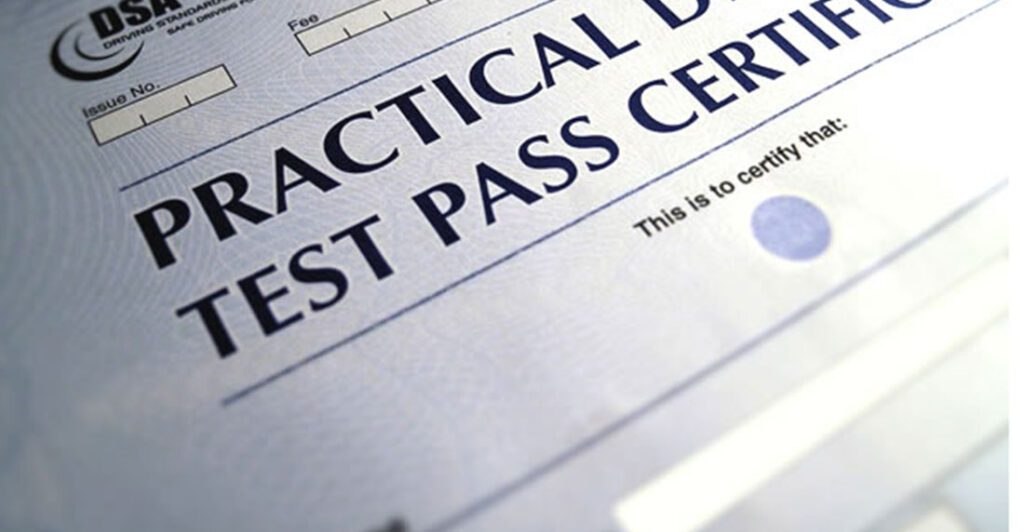
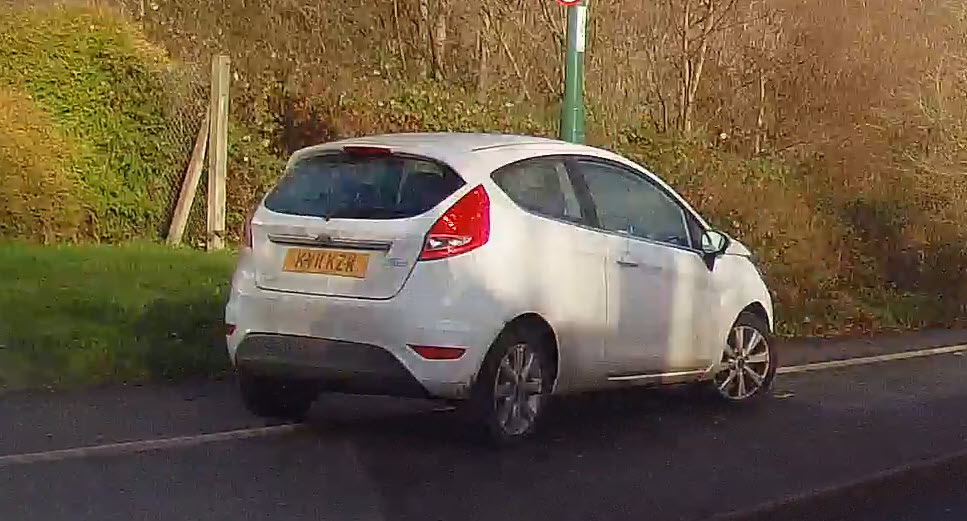
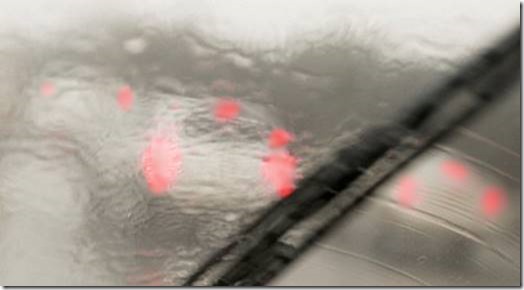 I’ve mentioned this
I’ve mentioned this 